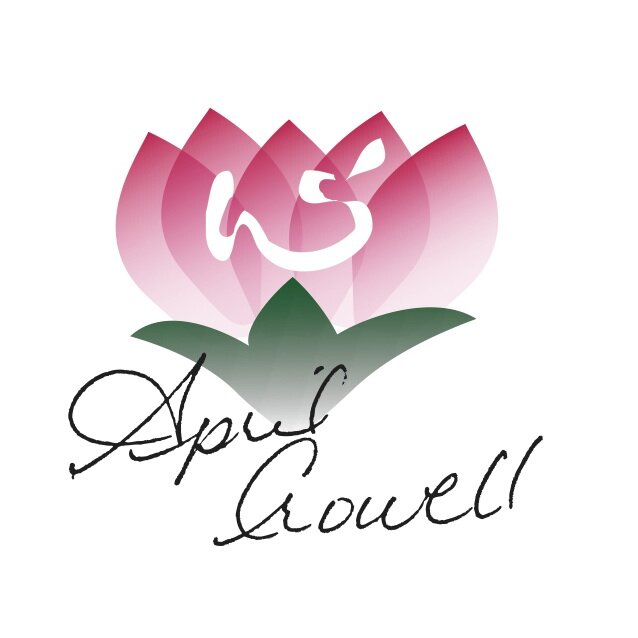Have Spoon–Will Gua Sha
Once, years ago, when I was walking down to the pool to swim, I realized that people were stopping to stare. There were gasps, questioning and concerned looks. Right. I’d forgotten that I’d had a strong gua sha treatment a day before and the rash was still visible down my neck and back. It left people wondering. Except the elderly Asian lady who pointed at my back with recognition, and asked if I felt better. I did, in fact I feel wonderful. Okay, it looks painful, leaving a bright rash and, honestly, it’s not fantastically comfortable while being administered but the pain release and opening leaves most clients requesting it on their next visit.
Gua Sha, like fire cupping, is one of several invaluable adjunct techniques that I utilize in my Amma Therapy practice. Sometimes called ‘frictioning’ or ‘scraping’ the technique appears in nearly every culture and is marvelous for releasing pain and stagnation or helping to boost the immune system. I teach it as a part of my Amma program, to bodyworkers, estheticians, and other somatic therapy practitioners. It’s very similar to Graston’s technique used by many chiropractors. Similar…but different.
What is Gua Sha?
Based on the theory of ‘counteraction,’ Gua sha or frictioning uses a smooth edged tool to scrape the skin intentionally bringing up a rash to release pathogens and pain. There are beautiful tools of bone, jade or other precious materials made especially for gua sha, and some can be quite expensive. My pragmatic side favors the $2 porcelain Chinese soup spoon that I can get from World Market and that fits perfectly in my hand, travels well, and has a tendency to not be stolen out of my therapy room.
Hippocrates identified 4 types of frictioning and their specific healing benefits stating, “It has the power of loosening, binding, augment and diminishing.” Huh, what does that mean?
Soft frictioning – Uses light quick strokes to loosen the flesh. This technique may not bring up strong petechiae rash and clears quickly. It is used for those who are very weak, children, or in areas that can’t handle great depth or where you don’t want a rash to show up such as the face. Yeah, really, a little gua sha can release TMJ and tight jaw muscles. Yes, we can, and I do apply gua sha to the jaw.
Moderate frictioning – Uses medium pressure and frequency of strokes to increase the flesh. Used for overall pain and to fight off colds and flu.
Hard frictioning – Uses deeper quicker strokes to strengthen the flesh. Used for overall and chronic deep pain and to fight off colds and flu.
Prolonged –Uses longer strokes to slowly break up thick congestion or thin the flesh such as thick scar tissues.
What does gua sha treat?
All frictioning generates heat and releases exterior invasions or the 6 Evils. Many Asian cultures use Gua Sha extensively at the onset of a cold or are ‘coming down’ with something. Gua sha also release deep stagnation and pain.
Pain —Anywhere. Doesn’t really matter what caused the pain, if it is old or new, Gua sha can help to effectively release pain. Gua sha can also be used over joints and in areas where fire cups may not adhere. So long as the client approves and there are no contraindications (see below) gua sha can be used. Gua sha is useful for carpal tunnel, neck and shoulder tightness and pain, TMJ, joint pain, back pain–really–pain anywhere.
Colds and Flu—Gua sha is fabulous at rallying the ‘Wei Qi’ (Defensive Qi) to the surface. Read more about exterior invasions.
Post viral & Gu syndromes — sneaky, latent patterns that can flare up when we become overworked, stressed, exposed to other exterior pathogens, of over indulged in foods that aggravate our patterns. Think mono, long Covid, Epstein- Barr, fibromyalgia and chronic fatigue syndrome.
Stagnation —Injuries, scars, knotted muscles all cause the Qi to stagnate or stop, which can mean pain or decreased circulation.
The rash tells all — Where the rash appears, how quickly or slowly it rises, and the color are all indicators and assessment tools. A bright red rash indicates a lot of superficial heat, a deep purple rash long standing stagnation. The rash will literally flash up and start to lead the way guiding the treatment. How quickly the rash disappears indicates how good the client’s healthy or lacking circulation.
Contraindications — As with any treatment there are some rules. Gua sha is not appropriate for:
Children–Although many Asian cultures use it on children, as a general rule the American culture is not open to seeing red rashes on children. I use it on children only with parental consent and I do not lift up a rash.
Those with bleeding disorders
Those with very fragile or brittle skin
Sunburns or other burns — ouch! Also, do not expose a Gua Sha or cupping rash to the sun, not ideal to have Gua Sha the day you are headed to lake or pool.
Eczema or rashes, warts and other raised skin patterns
Over moles
Lesions or cuts
Bruises—including previous gua sha…if the rash from a prior treatment is still showing, we don’t gua sha over that area until the rash has disappeared.
Open wounds
Pregnant women’s abdomen or ‘forbidden’ points
Client consent—Because gua sha usually leaves a rash, the therapy should not be administered without client understanding and clear consent. Gua sha is not repeated over an area until after the sha rash or petechiae has vanished.
Try it some time.
Be well,
April





